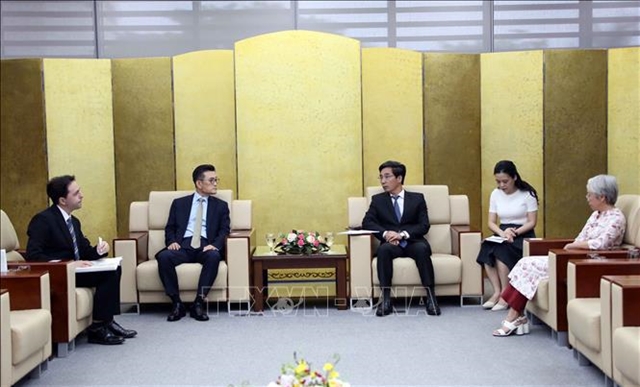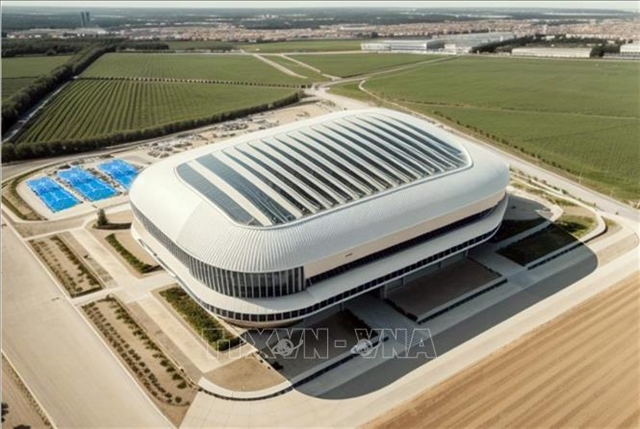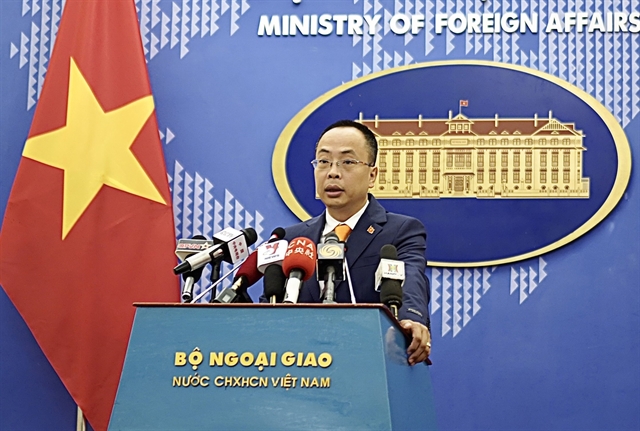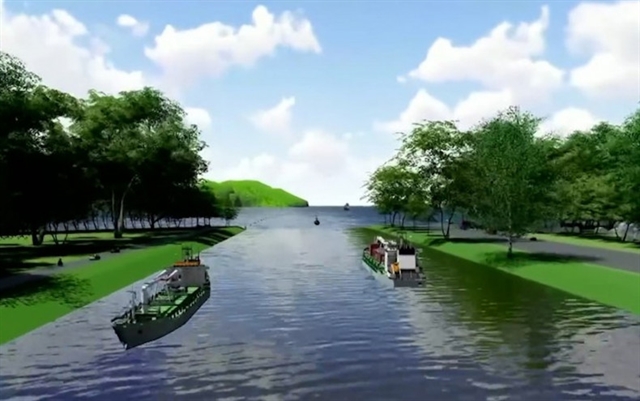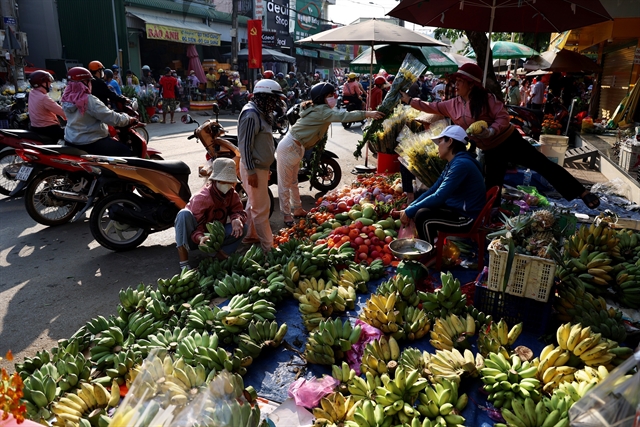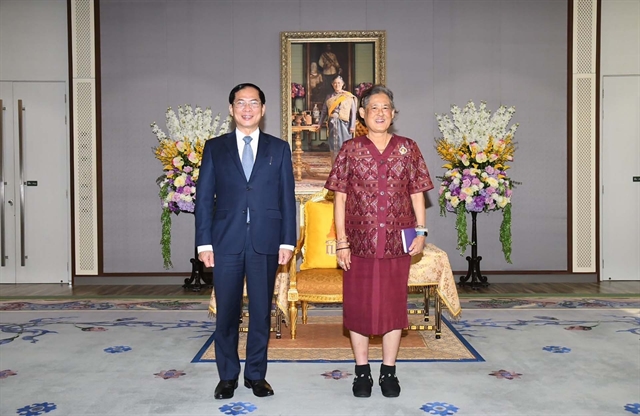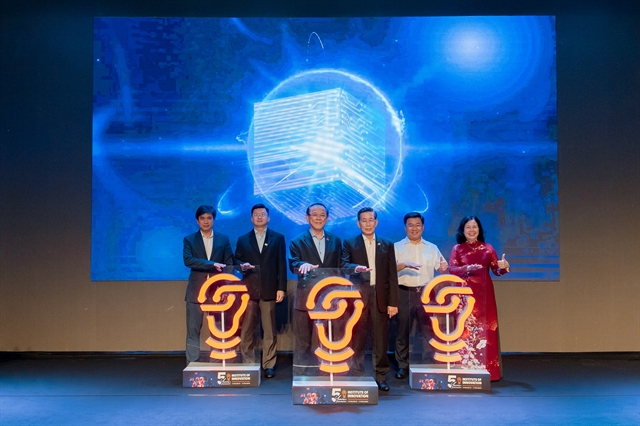 Society
Society

" />Construction of a large underground water reservoir using Japanese Crosswave technology has begun on Võ Văn Ngân Street in HCM City’s Thủ Đức District.
 |
| The underground water reservoir in Thủ Đức District makes use of 95 percent of the lake water to water plants and extinguish fires. — Photo tuoitre.vn |
HCM CITY — Construction of a large underground water reservoir using Japanese Crosswave technology has begun on Võ Văn Ngân Street in HCM City’s Thủ Đức District.
The reservoir, which can contain 109 cubic metres of water, is the first “smart” water reservoir project funded by the private sector.
The 13m x 14 m reservoir, built by Sekisui VN and VMC Tech VN and supervised by the city’s People’s Committee and Flood Combating Centre, is expected to be operational after August 5.
Trần Văn Chín, chairman of VMC Group’s management board, said unlike reservoirs using concrete materials, construction of underground reservoirs using Japanese Crosswave technology can be completed in a much shorter time.
Chín said the underground water reservoir will help city authorities solve funding problems to fight floods.
Crosswave technology has mechanical durability, is easily installed and uninstalled, and is favourable for construction.
Experts all agree that water reservoirs are a good solution for flooding as they can store tens of millions of cubic meters, thus reducing flooding by 30 percent.
The technology can be applied to small and narrow sites, while the water storage space is friendly to the environment.
After the construction of the underground reservoir is completed, soil removed will be given back to public works such as parking lots, parks and stadiums with vertical load capacity of 25 tonnes.
The building of the reservoir with special materials suggested by Sekisui will help city authorities choose the best solution to prevent flooding, according to the HCM City Flood Combating Centre.
In 2015, the municipal authorities chose several places for rainwater storage system it planned to build to ease pressure on the common drainage system.
The rainwater storage system comprises reservoirs located in residential quarters, while offices can be used for cleaning and watering.
Besides the new water reservoirs to be built, several lakes will be expanded and upgraded to serve as water regulation reservoirs.
These include a lake in Linh Đông Park in Thu Đức District, covering an area of eight hectares and a two-hectare lake in the 87-hectare land plot in An Phú Ward of District 2.
The lakes in An Lạc Ward’s Park in Bình Tân District and Sông Tân Pond in District 7 and several other districts are also under consideration.
Experts said though the land in the city is limited, building water reservoirs remains a feasible solution if the city can effectively use underground water reservoirs with public works.
Dr Ngô Viết Nam Sơn, president of NVD Architects & Planners, of Vietnam and North America, said the underground reservoirs should be built in urbanised areas and combined with parking lots.
Sơn said owners of buildings in flooded areas, such as Nguyễn Hữu Cảnh Street in Bình Thạnh District, must share the responsibility in building underground reservoirs to ease flood waters.
Trần Vĩnh Tuyên, deputy chairman of the city’s People’s Committee, said if scientists and experts approved the construction of underground water reservoirs as an effective solution, more reservoirs would be built at other locations in HCM City. — VNS



